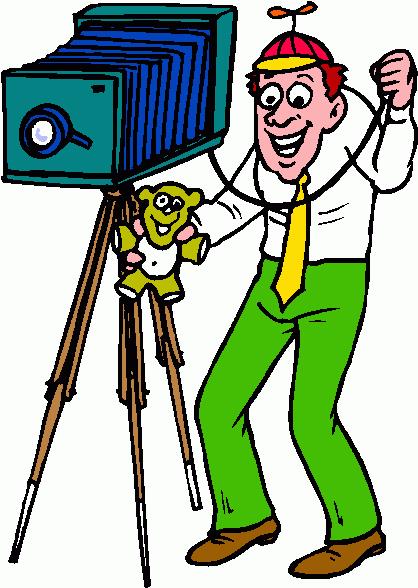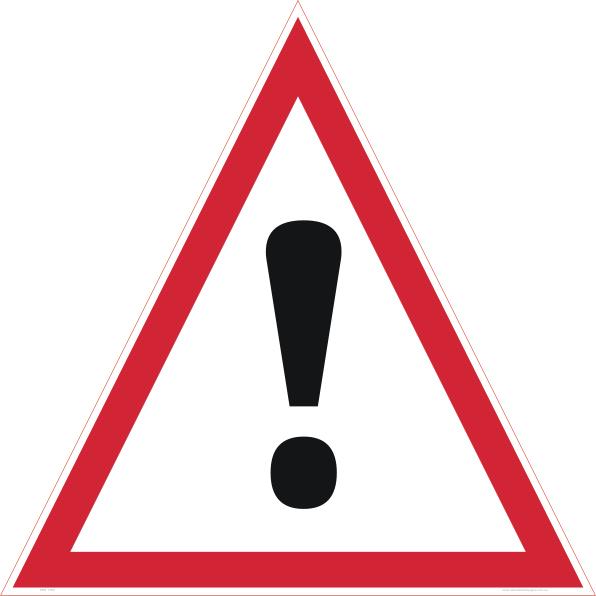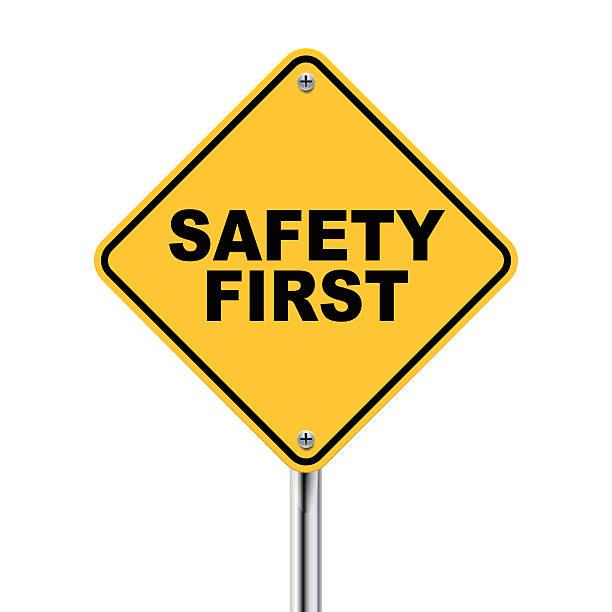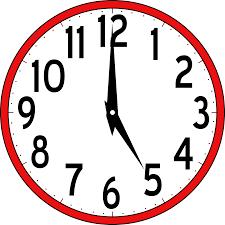Instructions:
1. Which vintage photo am I restaging?
Make sure you know which of the vintage photograph(s) you are restaging. If you
have not received an email with this information attached you can find the vintage
Heritage Centre". You can download your photo by right-clicking on it.
Drive.
2. Where was it taken?
Identify the location so that you know what/where in the village the photograph is
depicting. If the present occupants are to be included (which we are trying to do
wherever possible) identify who they are and a means to contact them. Refer to the
3. Who do I contact?
As necessary, get in touch with the present occupants/owners to explain the project
and to request their permission/participation. Remember, wherever possible we
want to include the present occupants in the restaged photograph. Refer to the Help
If the vintage photo is just of a building that can be taken from a public place and
there is no option to include the present occupants, then permission may not be
needed
- you can contact the owners/occupants verbally, by email or by letter
- if you feel more comfortable putting something in writing, use the sample text on
the Help Resources page to help you explain why the present occupying is being
contacted. If there isn't an obvious contact point, then this might be a better route.
If contacting by email or letter please try to include:
~ the photo(s) to be re-staged
~ your contact details
~ the Lymm Photographic Society and Lymm Heritage Centre logos.
You can find each of those logos and the original vintage photos on the Google Drive
folder and can be downloaded by right clicking on them.
If needs be, in your initial contact email/letter/conversation you can offer to send a
low resolution version of the images after the shoot for the participants own
reference or for use in social media.
Please assess any risks that there might be associated with your shoot. Think about
and plan how to avoid these, in discussion with the owners/occupiers as relevant.
4. When do I take my photo?
Agree a date and time for the shoot to suit everyone involved. Beforehand perform a
recky to establish where you will need to stand to faithfully reproduce the vintage
photograph. Take a few trial photographs making sure you know how to match the
composition in the original photo.
have arranged. If that changes subsequently please go back into the tracker and
update it with a new date.
3).
Advise anyone else who should be made aware out of courtesy.
5. Making it happen
Keep in touch with your participants to check that the planned date and time is still
6. Final preparations
Remember to check that your equipment, battery etc are working before the shoot
and pack any spares you might need. We have found that it is also useful to take a
high viz vest if you have one to wear during the shoot.
Print off at least one copy of the vintage photograph to take with you and to show
any people you plan to have in your photo. We have found that a hard copy (on A4
preferably) works much better than having it on a phone and handing that round.
7. On the day (read this before you leave for the shoot!!)
Arrive at the shoot early and be organised to minimise the amount of time that the
participants need to take out of their busy days. Wear your high viz if you have one
and be aware of pedestrians and vehicles around you. Think back to your risk
planning in step 3. Safety first!
Referring to the vintage shot, compose the framing of your shots to be as identical
as possible to the original vintage shot. If you are putting any people into the photo
stand them in as close a position and pose as you can to the original. If you are
struggling to match the composition exactly, zoom out a little/stand back and then
we can crop the photo later.
Be polite (but firm) when arranging the people, so that we reproduce the old photo
closely.
Take a number of shots - you can choose the best later. By all means show any
participants the photo back in your camera's viewfinder.
At the end of the shoot, please remember to thank the participants verbally.
9. What do I do after the shoot?
Now go to the Lymm Then and Now "After the Shoot" page to find out what to do
next.
Well done for getting this far.
















